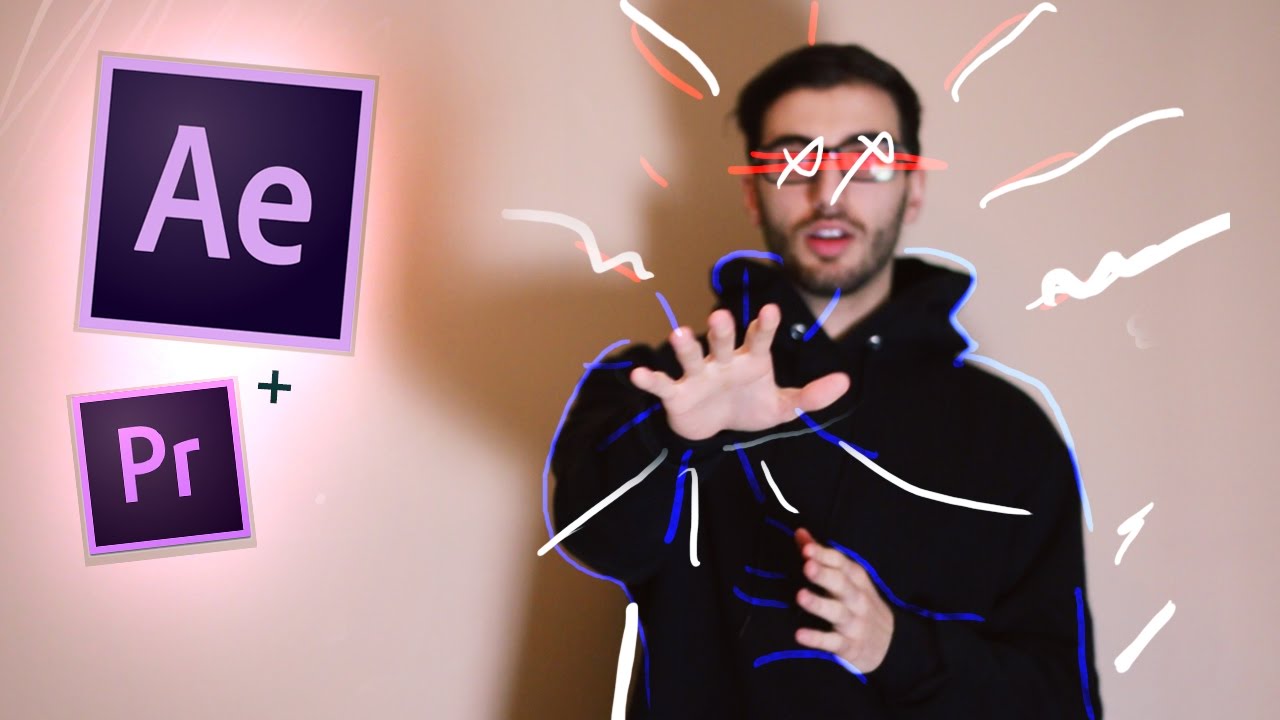
Introduction: Scribble animations in Adobe After Effects offer a dynamic and playful way to bring illustrations, graphics, and text to life with hand-drawn strokes and lines. From doodle-style animations to energetic motion graphics, scribble animations add a whimsical and personal touch to video projects, presentations, and social media content. In this comprehensive guide, we’ll delve into the intricacies of creating scribble animations in After Effects, exploring techniques for drawing, animating, and customizing scribbles to achieve captivating and expressive visuals.
Understanding Scribble Animation in After Effects: Scribble animation in Adobe After Effects involves creating animated strokes and lines that mimic the appearance of hand-drawn sketches or doodles. By leveraging tools such as the Brush tool, Stroke effect, and Shape layers, artists can draw, animate, and manipulate strokes to create dynamic and expressive animations. Whether used for illustrating concepts, emphasizing key points, or adding whimsical flourishes, scribble animations offer endless possibilities for creative expression and storytelling.
Getting Started with Scribble Animation: To begin creating scribble animations in After Effects, follow these steps:
Step 1: Prepare Your Composition: Launch After Effects and create a new composition by selecting “Composition” > “New Composition” from the menu. Adjust the composition settings, including dimensions, frame rate, and duration, to match the specifications of your animation. Import any assets or elements you’ll need for your animation, such as background images, graphics, or text.
Step 2: Draw Your Scribbles: Using the Brush tool or Shape layers in After Effects, draw the initial scribbles and lines for your animation. Experiment with different brush sizes, shapes, and colors to create varied and interesting strokes. You can draw directly onto the composition window or use the Pen tool to create custom paths for your scribbles.
Step 3: Apply the Stroke Effect: Select the layer containing your scribbles and apply the Stroke effect from the Effects & Presets panel in After Effects. The Stroke effect converts the paths or shapes into animated strokes, allowing you to control parameters such as stroke width, color, and animation speed. Adjust the settings to achieve the desired look and style for your scribble animation.
Step 4: Customize Animation Properties: Animate the properties of your scribbles to bring them to life. Use keyframes to animate parameters such as the Start and End values of the Stroke effect, creating the illusion of drawing or erasing strokes over time. Experiment with timing, easing, and interpolation to achieve dynamic and fluid motion in your animation.
Step 5: Add Secondary Effects and Details: Enhance the visual appeal of your scribble animation by adding secondary effects and details. Experiment with effects such as Glow, Blur, or Distort to add texture, depth, and atmosphere to your scribbles. Incorporate sound effects, music, or voiceovers to complement the animation and create a fully immersive experience.
Advanced Techniques and Tips: To take your scribble animations to the next level, consider exploring the following advanced techniques and tips:
- Character Animation: Use scribble animations to create character animations by drawing and animating individual body parts, facial expressions, and movements. Break down complex motions into simple strokes and lines, animating each element separately to achieve fluid and expressive character animation.
- Text Animation: Create dynamic text animations by animating text with scribble effects. Use the Text tool in After Effects to create text layers, then apply the Stroke effect to animate the outlines of the text. Experiment with different fonts, sizes, and styles to create custom text animations that complement your overall design.
- Masking and Compositing: Use masking and compositing techniques to integrate scribble animations with other elements in your composition. Use masks to reveal or hide portions of your scribbles, creating dynamic transitions and effects. Experiment with blending modes and layering to composite scribble animations with background images, footage, or other visual elements.
- Particle Systems and Dynamics: Incorporate particle systems and dynamic simulations into your scribble animations to add complexity and visual interest. Use particle emitters to generate dynamic effects such as sparks, smoke, or confetti, and integrate dynamic simulations to simulate interactions between scribbles and external forces such as wind or gravity.
- Interactive Elements: Create interactive elements within your scribble animations to engage and captivate your audience. Use expressions and scripting in After Effects to create interactive features such as buttons, sliders, or draggable objects that allow viewers to interact with the animation. Incorporate feedback mechanisms or user-controlled parameters to create personalized and immersive experiences.
Conclusion: Scribble animations in Adobe After Effects offer a playful and expressive means of adding personality, charm, and dynamism to video projects and motion graphics. By leveraging drawing tools, animation techniques, and creative experimentation, artists can craft captivating and engaging animations that delight and inspire audiences.
As you embark on your journey to create scribble animations in After Effects, remember to embrace experimentation, iteration, and innovation. Explore new techniques, push the boundaries of your creativity, and let your imagination soar as you craft whimsical and expressive visuals that captivate and delight. With dedication, practice, and a willingness to explore new possibilities, you’ll unlock the full potential of scribble animation in After Effects and create animations that leave a lasting impression on your audience.